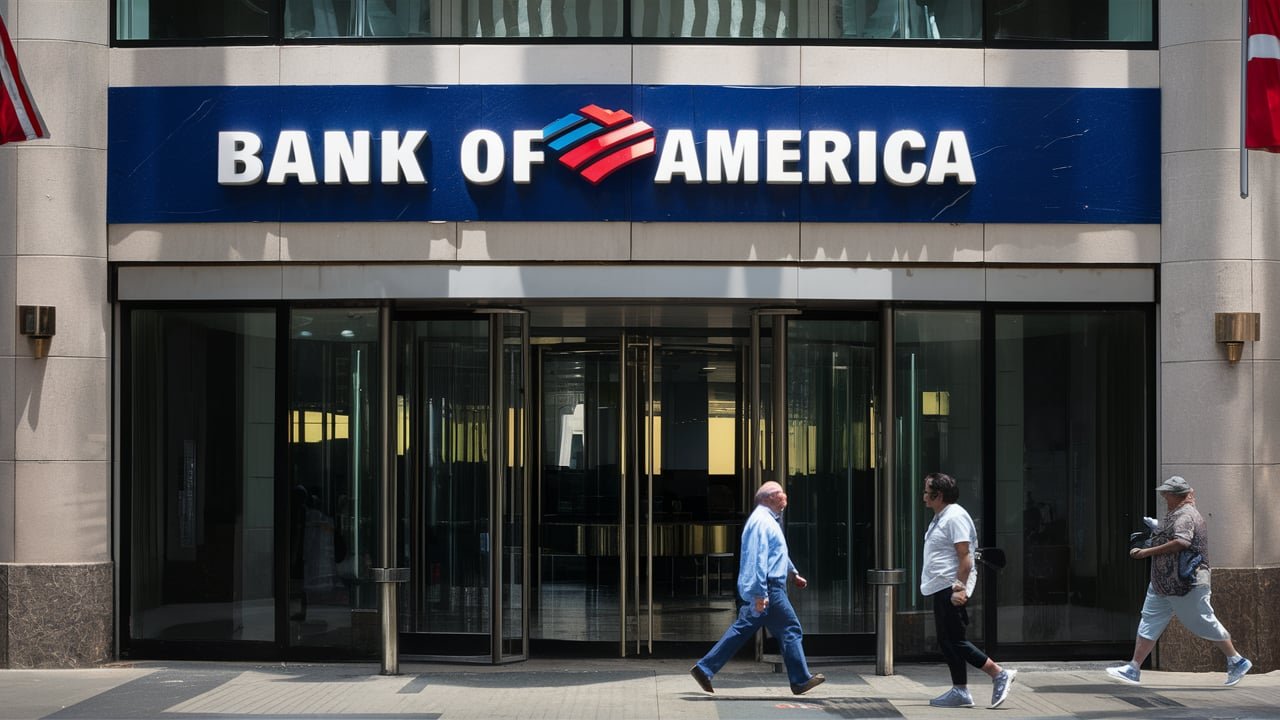Bank of America, often abbreviated as BofA, is one of the largest and most influential financial institutions in the world. With a history spanning over a century and a global presence, Bank of America has established itself as a leader in banking, investment, and financial services. This blog post will explore the history of Bank of America, its core operations, financial performance, and the challenges and opportunities it faces.
A Brief History of Bank of America
Early Beginnings
Bank of America’s roots can be traced back to 1904 when it was founded as the Bank of Italy by Amadeo Giannini in San Francisco. Giannini aimed to provide banking services to immigrants and working-class individuals who were underserved by traditional banks. The bank’s innovative approach and commitment to customer service helped it grow rapidly.
Evolution and Growth
In 1930, the Bank of Italy changed its name to Bank of America. Over the decades, the bank expanded its operations across the United States and internationally. In 1980, Bank of America acquired the major American Bank, becoming a leading player in the banking industry. The bank continued to grow through various mergers and acquisitions, including the notable acquisition of Merrill Lynch in 2008, which significantly enhanced its investment banking and wealth management capabilities.
Global Presence
Today, Bank of America operates in more than 35 countries and serves millions of customers worldwide. Its extensive network of branches, ATMs, and digital platforms ensures that it can meet the diverse needs of individuals, businesses, and institutions around the globe.
Core Operations and Services
Consumer Banking
Bank of America’s consumer banking division provides a wide range of services, including checking and savings accounts, credit cards, personal loans, and mortgages. The bank’s extensive branch network and user-friendly online and mobile banking platforms make it easy for customers to manage their finances and access banking services.
Corporate and Investment Banking
Bank of America Merrill Lynch, the investment banking division of BofA, offers a comprehensive suite of services to corporations, governments, and institutions. These services include mergers and acquisitions advisory, capital raising, trading, and risk management. The bank’s expertise in investment banking helps clients navigate complex financial transactions and market conditions.
Wealth Management
Bank of America’s wealth management services are provided through Merrill Wealth Management and Private Bank. These services cater to high-net-worth individuals, families, and institutions. Offerings include investment advisory, estate planning, and customized wealth management strategies. The bank’s experienced advisors work closely with clients to meet their financial goals and manage their investments.
Global Transaction Services
Bank of America provides global transaction services to businesses of all sizes. These services include cash management, trade finance, and treasury solutions. The bank’s global reach and advanced technology help businesses optimize their financial operations and manage their international transactions efficiently.
Financial Performance
Bank of America is listed on the New York Stock Exchange under the ticker symbol BAC. The bank’s financial performance is a key indicator of its health and success in the financial markets. BofA’s revenue is derived from various sources, including interest income, fees, and trading activities.
Recent Performance
In recent years, Bank of America has focused on enhancing its profitability and operational efficiency. The bank has invested in technology and digital transformation to improve customer experience and streamline its operations. Despite facing challenges such as regulatory pressures and economic uncertainties, Bank of America has maintained a strong position in the financial industry.
Relvant Topic: Citigroup Inc.
Challenges and Opportunities
Regulatory and Compliance Challenges
As a major financial institution, Bank of America faces significant regulatory and compliance challenges. The bank must navigate a complex regulatory environment and ensure that it adheres to legal requirements. Managing compliance and addressing regulatory issues are critical to maintaining the bank’s reputation and operational stability.
Digital Transformation
The banking industry is experiencing rapid digital transformation, and Bank of America is at the forefront of this shift. The bank is investing in technology to enhance its digital platforms, improve customer engagement, and drive innovation. Embracing digital solutions presents opportunities for growth and efficiency but also requires careful management of cybersecurity and technological risks.
Sustainability and Corporate Social Responsibility
Bank of America is committed to sustainability and corporate social responsibility. The bank has set ambitious goals to reduce its environmental impact, support community development, and promote financial inclusion. BofA’s sustainability initiatives reflect its dedication to addressing global challenges and contributing to positive social and environmental outcomes.
Conclusion
Bank of America is a leading global financial institution with a rich history and a diverse range of services. The bank’s commitment to innovation, customer service, and sustainability positions it for continued success in the evolving financial landscape. As Bank of America navigates the challenges and opportunities of the modern banking world, its strategic decisions and global presence will play a crucial role in shaping the future of finance.

1 thought on “Bank of America: Comprehensive Overview”